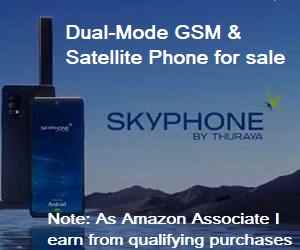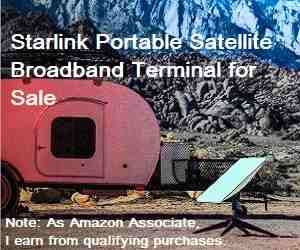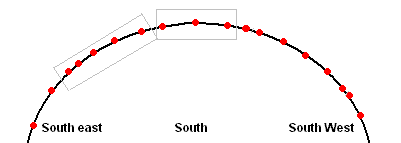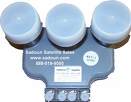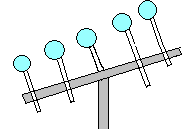Satellite Internet Forum.
Welcome, Guest. Forum rules.To search this site click here > SATSIG search
| Home Login Register |
| Satellite Internet forum › Satellite Internet - Americas › Satellite G10 or G18 @ 123w with *choice dish |
|
Pages: 1
|
Satellite G10 or G18 @ 123w with *choice dish(Read 13068 times) |
|
vusua4me
Member
★★ Offline Posts: 3 |
Aug 25th, 2008 at 6:36am
|
| Back to top |
« Last Edit: Aug 25th, 2008 at 9:28am by Admin1 »
IP Logged
|
|
Admin1
YaBB Admin
★★★★★ Offline Posts: 1249 |
Reply #1 - Aug 25th, 2008 at 9:34am
|
| Back to top |
IP Logged
|
|
vusua4me
Member
★★ Offline Posts: 3 |
Reply #2 - Aug 25th, 2008 at 7:43pm
|
| Back to top |
IP Logged
|
|
Eric Johnston
Senior Member
★★★ Offline Posts: 2109 |
Reply #3 - Aug 25th, 2008 at 8:13pm
|
| Back to top |
IP Logged
|
|
USN - Retired
YaBB Moderator
★★★★★ Offline Posts: 837 Kentucky (USA) |
Reply #4 - Aug 25th, 2008 at 11:28pm
|
| Back to top |
USN (Ret)
IP Logged
|
|
vusua4me
Member
★★ Offline Posts: 3 |
Reply #5 - Aug 26th, 2008 at 4:27am
|
| Back to top |
IP Logged
|
|
Eric Johnston
Senior Member
★★★ Offline Posts: 2109 |
Reply #6 - Aug 26th, 2008 at 8:36am
|
| Back to top |
IP Logged
|
|
Pages: 1
|
Email me: eric@satsig.net
Powered by YaBB 2.5.2!
YaBB Forum Software © 2000-. All Rights Reserved.
Disclaimer, Terms of Use and Privacy Forum User Agreement Forum rules Cookie policy.
